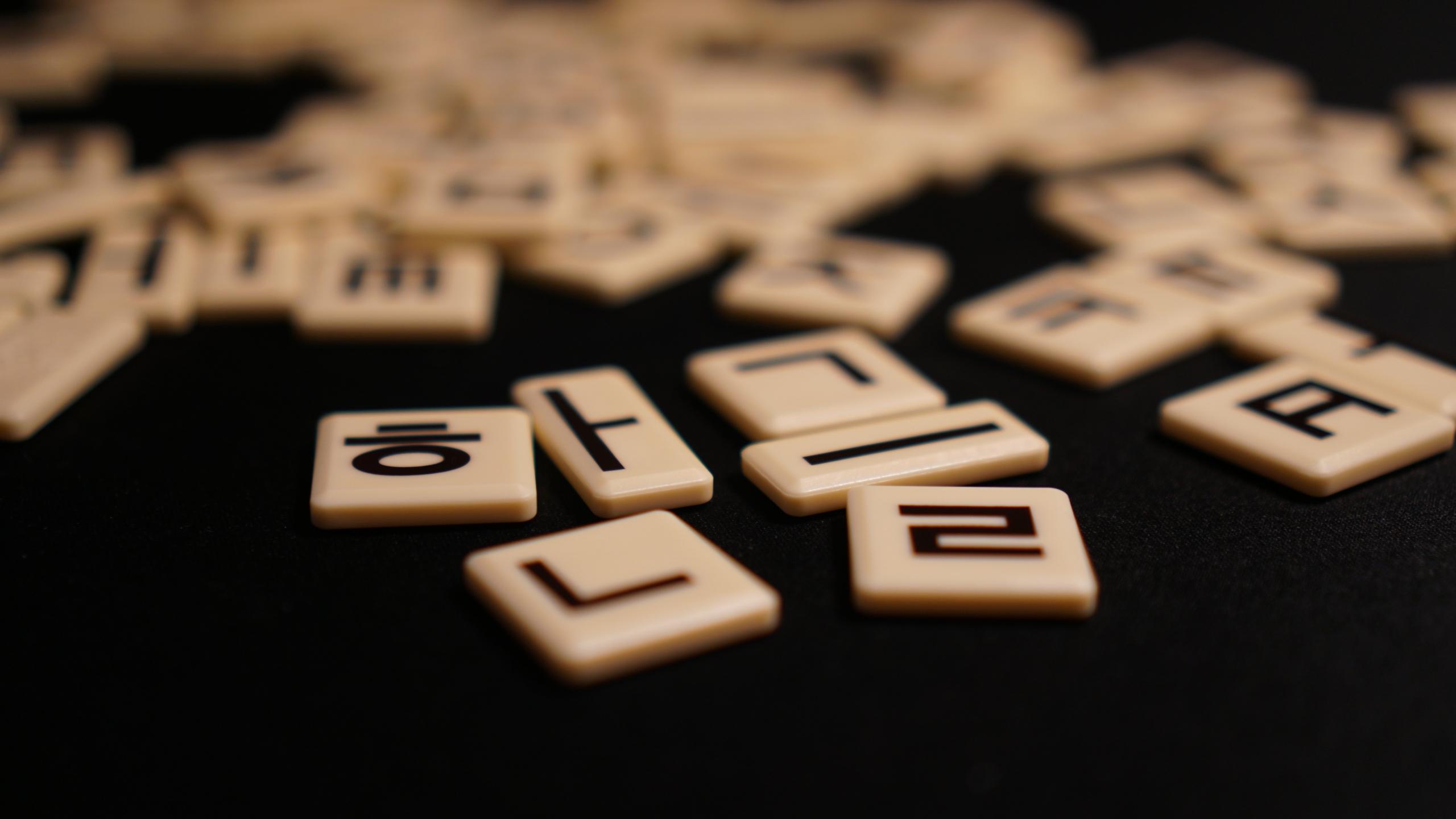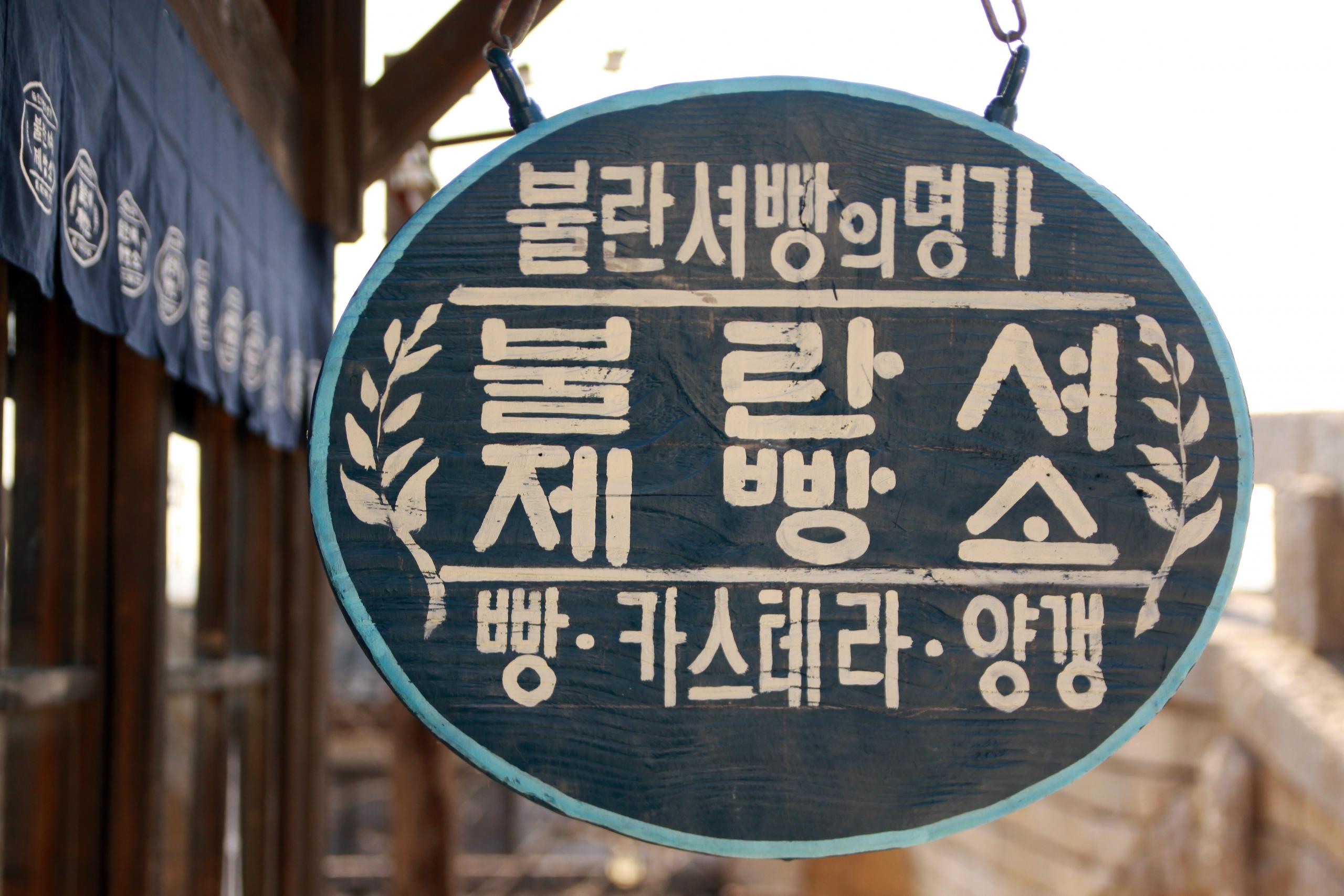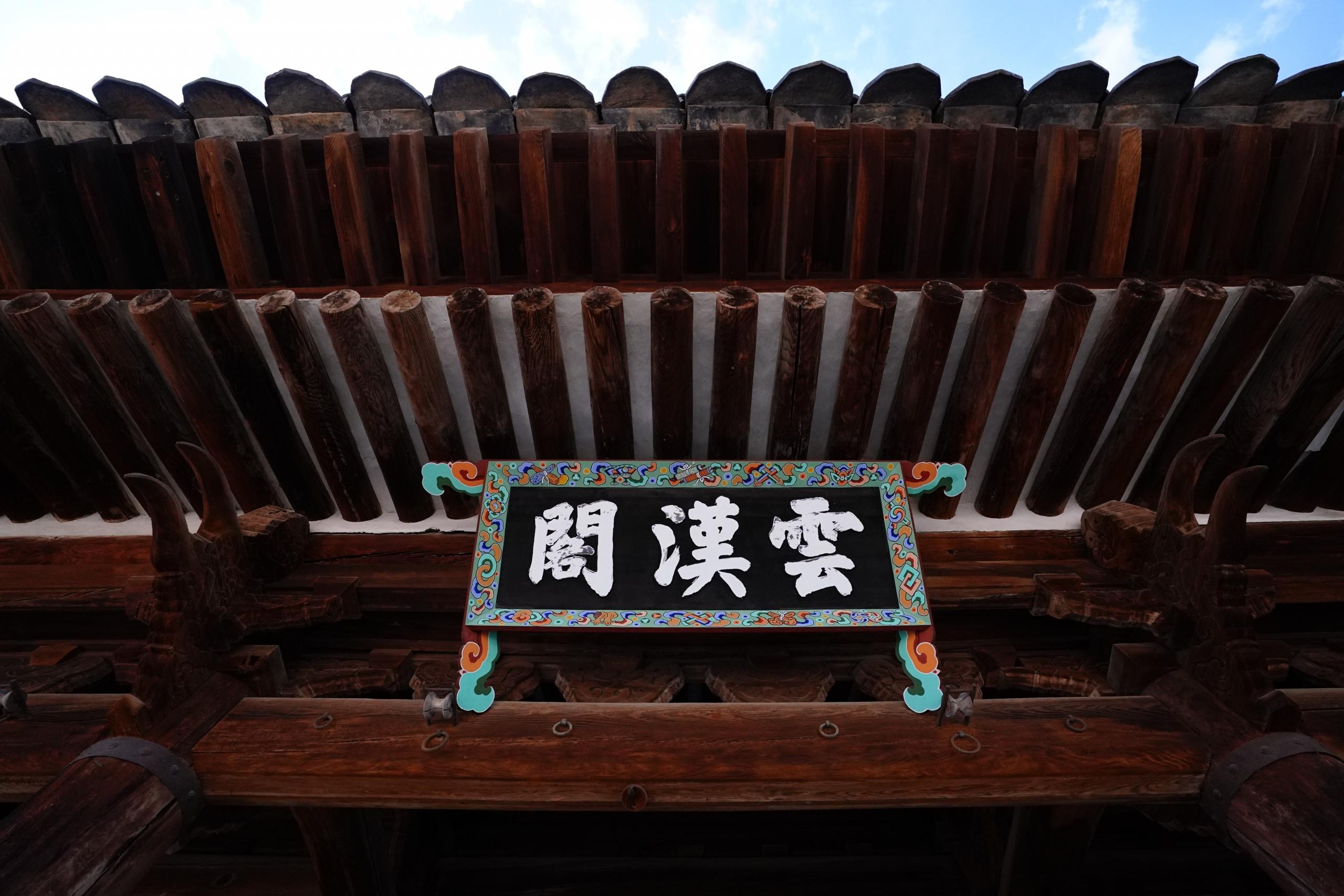Embarking on the journey of learning a new language can be challenging and occasionally demanding. Yet, if your goal is to achieve fluency in another tongue, taking the initial steps, armed with the proper resources and guidance is crucial. So, don't hesitate—when you commit the necessary effort, mastering the Korean alphabet can be accomplished in just a matter of hours!
With an impressive global community of over 77 million Korean speakers, Korean stands as one of the world's most widely spoken languages. There is no doubt, if you want to invest in the time to learn Korean, you can expect many doors to open for you.
In this article, you can expect to gain an appreciation for the history of the Korean language and crucial tips for how to learn the Korean alphabet.
Here we go: 갑시다!

Unlocking the Korean Alphabet History
If you want to know how to learn the Korean alphabet, known as "hangul," which serves as the fundamental framework for writing, reading, and speaking in the Korean language, it's helpful to know its origins. Its inception traces back to the 15th century and is credited to the ingenious King Sejong the Great.
The evolution of the Korean alphabet, hangul, has traversed several significant phases of transformation. Let's delve into the three pivotal stages of its evolution:
- Creation and Expansion (15th Century): In the 15th century, King Sejong the Great, with the counsel of Confucian scholars, initiated the creation and dissemination of the Hunmin Jeongeum on October 9, 1446. This groundbreaking endeavour aimed to formulate a Korean writing system which was rooted in hanja, the classical Chinese script.
- Prohibition (1504-19th Century): From 1504 until the early 19th century, Korean Hangul faced a ban within the Korean territory. This decree stemmed from the ruling of King Yeongsangun, which suppressed its usage.
- Rehabilitation (1894-1945): Commencing in 1894, the Japanese administration imposed the discontinuation of the traditional Chinese script in administrative documents. By 1945, Hangul was officially recognised as the primary alphabet used in South Korea.
Despite enduring various alterations between 1446 and 1933 during the unlocking of the Hangul alphabet, Hangul has solidified its place as the established script for communication and has been the spoken, written, and read language in South Korea for several decades. Korean Hangul has significantly contributed to fostering a distinct sense of identity in Korea, primarily due to its straightforward and accessible nature. Its significance is commemorated through a national holiday celebrated on October 9th in South Korea and January 15th in North Korea, highlighting the greatness of Korean Hangul.
It may be worth mentioning here that once you learn Korean letters, the language is not considered difficult to learn.
So with that in mind, keep reading for tips for learning the Korean alphabet.
Learning Korean: What are the 24 Characters All Learners Should Know?
What constitutes the Korean alphabet?
Well, it comprises 24 characters. In contrast to the Latin alphabet, newcomers might encounter some differences that can pose challenges. For instance, reading and fully grasping this language can be a bit challenging at times.
For the first step to learn the Korean alphabet, let’s delve into an analysis of the vowels and consonants that form the Korean language.
Here is a breakdown of the vowels:
- ㅏ: [a]
- ㅑ: [ya]
- ㅓ: [eo]
- ㅕ: [yo]
- ㅗ : [ô]
- ㅛ : [yô]
- ㅜ : [ou]
- ㅠ : [you]
- ㅡ : [eu]
- ㅣ: [i]
But, what about the consonants?

There are 14 consonants. Let's take a glance at them in the following list:
- ㅇ: [ng]
- ㄱ: [gu]/[k]
- ㄴ: [n]
- ㄷ: [d]/[t]
- ㄹ : [r]/[l]
- ㅁ : [m]
- ㅂ : [b]/[p]
- ㅅ : [s]
- ㅎ : [h]
- ㅈ : [dj]
- ㅍ : [p]
- ㅋ : [k]
- ㅌ : [t]
- ㅊ : [tch]
It's important to note that when King Sejong the Great invented the alphabet, he explained that the formation of the letters represented various aspects, including the human mouth, the principles of Yin and Yang, as well as natural elements like the Sun or the Earth. This background should be kept in mind as you learn Korean letters.
In addition to vowels and consonants, Korean incorporates diphthongs. But what exactly are diphthongs?
Diphthongs are combinations of two vowels in the same syllable fused together.
One of the most important tips for learning the Korean alphabet is mastering diphthongs. and below, you'll find a list of the 13 diphthongs to become familiar with and commit to memory:
- ㅑ[ya]
- ㅕ[yo]
- ㅛ[yô]
- ㅠ[you]
- ㅖ[yé]
- ㅒ[yè]
- ㅘ[wa]/[oi]
- ㅙ[wè]/[oè]
- ㅚ[wé]/[oé]
- ㅝ[wo]
- ㅞ[wé]/[oué]
- ㅟ[wi]
- ㅢ[eui]
To learn the Korean alphabet, take the time to practise the consonants, vowels, and diphthongs of Korean and success will be yours.

Tips for Learning the Korean Alphabet Pronunciation
Once you are on the road to learn Korean letters, you will want to know how to pronounce them.
Practise the pronunciation of the following letters:
- ㅏ is pronounced [a] as in atlas,
- ㅑ is pronounced [ya] like yak,
- ㅓ is pronounced like an open o like the word port,
- ㅕis like the sound [yo],
- ㅗ is said like a closed [ô] such as a float
- ㅛ, [yô] as in Yoda
- ㅜ is the French equivalent of [ou] as in roux
- ㅠ is said you like Yugoslavia,
- ㅡ is the trickiest vowel to pronounce but it's like [eu] from the word sure,
- ㅣdo [i] like the word prairie.
Now that we have looked at vowels, let's examine the consonants in the following list:
- ㅇ is pronounced [ng],
- ㄱ is pronounced something like [gu] and [k],
- ㄴ is pronounced [n] wherever it is placed, like nap,
- ㄷ makes the sound between [d] at the start of the syllable and [t] towards the end of it,
- ㄹ sounds close to [l] wherever it is placed in the syllable, like lunar,
- ㅁ is said [m] as in a move,
- ㅂ makes a sound something like [b] and [p],
- ㅅ is pronounced [s], as in salt and pronounced [sh] depending on the placement,
- ㅈ makes a sound somewhere between [dj] and [tch], much like jean,
- ㅊ makes the sound [tch] much like cha-cha,
- ㅋ is pronounced [k] much like koala,
- ㅌ is said [t] like tug or tear,
- ㅍ is pronounced [p] like pear,
- ㅎ makes a sound like [h].
While the earlier mentioned lists are indeed valuable for honing your pronunciation, one of the most important tips for learning the Korean alphabet is to use educational YouTube videos that feature native instructors.
To efficiently learn Korean letters and commit them to memory, the most effective method is consistent and vocal repetition.
When it comes to how to learn the Korean alphabet, practice is key.
How to Learn the Korean Alphabet with a Tutor?

Engaging the services of a Korean teacher to learn the Korean alphabet is highly recommended. For instance, they will guide you in mastering the precise pronunciation of the letters and assess any specific challenges you may encounter as you memorise and learn Korean letters.
While YouTube videos and self-paced guidebooks are available resources, relying on a Korean teacher is a more convenient and reliable approach.
Much effort and diligence are required to learn the Korean alphabet, but with the guidance of a private tutor, there is a strong sense of security and direction. The advantages of hiring a personal tutor are undisputed, here are a few:
- A tutor curates resources and tips for learning the Korean alphabet.
- A professional Korean tutor uses effective methods to facilitate the memorisation of new words and characters.
- Your Korean tutor will develop a structured curriculum, including revision schedules and recommended study aids, to optimise your learning process.
Explore the Superprof platform to discover tutors who are ideally suited to your learning needs.
How to Learn Korean Letters Quickly
When embarking on the journey of learning a new language, there are many things that could help you to acquire the fundamentals quickly. Here are 10 final tips for learning the Korean alphabet.
- Grasp the logic behind unlocking the Korean alphabet.
- Familiarise yourself with vowel pronunciation.
- Explore compound vowels.
- Practise vocalising vowels.
- Acquaint yourself with fundamental consonants.
- Commit double consonants to memory.
- Dedicate time to recognise sounds and letters that bear resemblance.
- Write down Korean letters for memorisation.
- Commence with reading simple Korean words.
- Progress methodically, one step at a time.
It's worth noting that by applying these methods, numerous students have successfully memorised the Korean alphabet and with the right motivation and diligence, you can achieve the same feat!
Finally, remember to approach the learning process incrementally. Learning Korean is a journey, not a sprint. Happy studying!

















